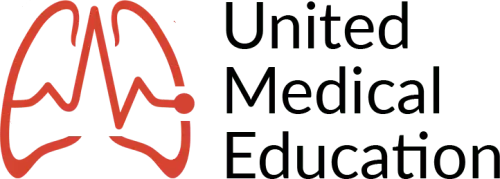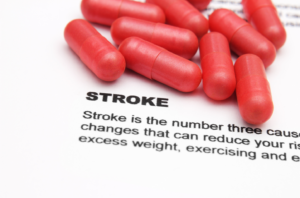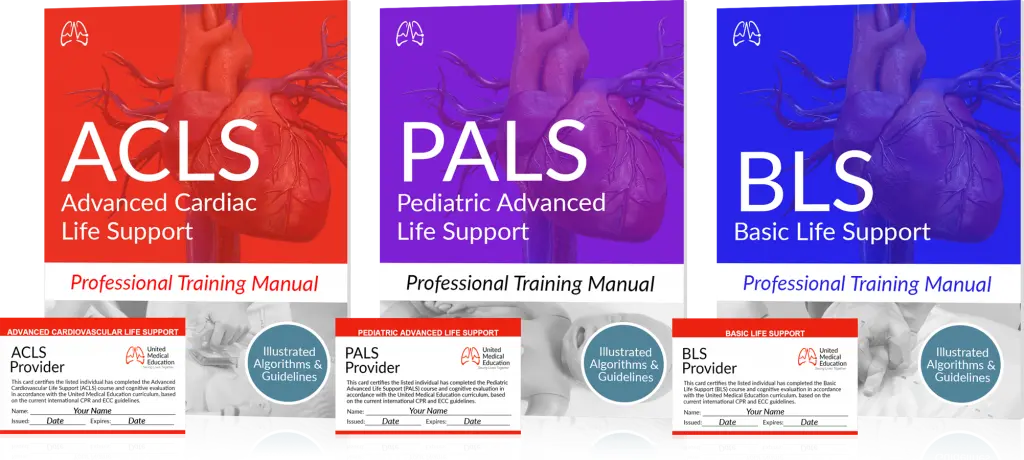
Carlo Castillo
Carlo is a Professional Health and Education Writer. He has built a career creating educational articles for both patients and healthcare professionals.
Startling statistics as per the Centers for Disease Control and Prevention (CDC) state that in every 40 seconds, a person in the United States suffers a stroke and in every four minutes someone dies because of it. Stroke is among the leading causes of death not just in the United States but all over the world.
The CDC has given emphasis to the essential aspect of early action when experiencing a stroke. People who were proactive upon initial symptoms and went to the hospital within three hours have less disability after three months compared to those who experienced delayed care.
If you want to have a fighting chance to survive a stroke, you need to be aware of the signs and symptoms so you can perform proactive steps during this medical emergency.
Top 10 Signs of a Stroke
1. Loss of Balance
According to the National Institute of Aging, balance problems are one of the major reasons why older adults seek medical help. However, one of the most overlooked signs of a stroke is having difficulty standing or moving the right way. If you think you are prone to a stroke, make sure that you look out for this important sign especially if you are relatively young.
For those who are observing someone, check whether the person experiences a loss of coordination and balance. Never neglect this or just think of this as an act of clumsiness. Being wobbly and unexpectedly holding onto something just to keep balance should serve as an essential sign, especially for older adults.
2. Sudden Numbness
Sudden numbness is a huge sign of a stroke. If you can’t feel your face, hands, legs, arms, feet or other extremities, get help immediately. The numbness may feel similar to a tingling sensation. Usually, strokes cause numbness on one side of a person’s body. The other half remains functional.
If you are observing a potential stroke patient, observe if that person constantly massages, shakes or touches the areas that are numb.
3. Severe Headache
Never underestimate a headache as a severe one is a relevant sign of a stroke. If you suddenly feel a severe headache in your head, neck or scalp, get help. When this happens to you and you don’t have any history of constant headaches, it would be better to get checked immediately.
If you are observing, you can notice a person touching his head or rubbing the temple more often than normal. Being sensitive to light is also related to this. Look out for these signs.
4. Difficulty Understanding
If you suddenly have a hard time comprehending language or speech, this may be a sign of a stroke. This is a very unusual sign that may occur out of the blue.
When you observe a person having a hard time understanding, check out if they wrinkle their eyebrows, shake their heads, feel unsteady or talk less.
5. Confusion
Confusion is a sign that you may be headed for a stroke. Do not underestimate this factor. Suddenly failing to understand what’s happening around you and failing to think properly should be a warning you must not overlook.
When you observe a potential stroke patient, check whether they have a puzzled look. Verify if the person has also lost focus and has a hard time making decisions.
6. Vision Changes
Your eyesight can help you determine a sign of a stroke. Having a sudden blurred vision or having difficulties with one or both of your eyes should prompt you to be aware of a potential incident of a stroke.
A person squinting or rubbing his eyes more often than usual should serve as a signal. Failing to read because of bad vision should also cause immediate awareness.
7. Unexpected Weakness
Experiencing weakness in the arms, legs or face is a sign of a stroke. If you suddenly find yourself wanting to sit or lie down more often than usual, do not just underestimate this. Failing to perform very simple tasks because of sudden weakness should tell a lot. A face that has a drooping look also serves as a critical reference.
8. Feeling Dizzy
Feeling lightheaded or as if the room you are in is spinning should be a cause of alarm for a stroke. Dizziness is not common in any individual and this should never be overlooked.
If you are observing a person who feels dizzy, he may hold his head or showcase unsteady movement.
9. Sudden Loss of Coordination
This may seem similar to loss of balance. If you experience a sudden loss of coordination, look out for signs of difficulty with moving, standing, and walking.
Observing someone who might have a stroke, check if that person suddenly showcases a clumsy or even a somewhat drunk look.
10. Difficulty with Speaking
Among the symptoms mentioned on this list, suddenly experiencing difficulty with speaking is one of the most telling signs. If you notice yourself with incoherent or slurred speech, go get checked immediately.
If you are talking to someone and suddenly notice that their sentences are incomprehensible then you may be conversing with someone who shows a sign of a stroke.
Must-Know Things to Do Upon Potential Stroke Incident
The severity of a stroke may vary as signs may be severe or subtle. If you want to help a person who might be experiencing signs of a stroke, you should know the acronyms F.AS.T which the American Stroke Association uses or B.E.F.A.S.T. which Stroke Awareness utilizes.
The Essential Stroke Symptom Test
B: Balance Lost
E: Eyesight Loss
F: Face Drooping
A: Arm Weakness
S: Speech Difficulty
T: Time to Call 911
If you encounter someone who may have signs headed for a stroke, it would be extremely helpful to confirm by observing the stroke symptom test.
B: Balance Lost
Check if the person can stand on his own and walk for a few steps. Performing these two tasks with difficulty may serve as a sign of having a stroke.
E: Eyesight Loss
Make the person read a clock, a sentence or a word. If there is difficulty in accomplishing this, eyesight loss may be occurring and serve as a sign of a stroke.
F: Face Drooping
Confirm whether that person can smile. A face with a drooping look or feeling numb on one side may serve as a relevant sign of a stroke.
A: Arm Weakness
Check if the person can raise both of his arms over his head. Having a hard time performing this out of muscle weakness is a potential sign of a stroke. An arm that looks to droop should also be observed properly.
S: Speech Difficulty
Test the person by making him repeat a sentence. Make him mention his name or ask about the weather. If he experiences a hard time repeating after you, or if he showcases slurred speech, these may be signs of a stroke.
T: Time to Call 911
Anyone having trouble completing any of the above mentioned tests or experiencing unusual signs and symptoms should be given immediate emergency assistance. Calling 911 is an immediate must because timing is very important in stroke cases. It would be better to be safe than sorry.
Even though there is no certainty that a person may be having a stroke, getting proper emergency assistance should always be the first priority. Getting the right care as fast as possible is what every potential stroke patient needs. As mentioned above, the lasting effects of a stroke differ from those who got immediate care compared to those who got delayed treatments.
Crucial Stroke Prevention Tips
Having a stroke is inevitable for people who do not observe a healthy lifestyle. A lot of factors can contribute to an eventual stroke. Family history may serve as one of them but there are other risk factors that you can fight or control.
Lower Down that High Blood Pressure
Work with your doctor to get your blood pressure under control. High blood pressure is the top risk factor for stroke and heart disease. A lot of people fail to even realize that they have high blood pressure and move on with their daily lives. Getting a regular check-up is crucial so you would be informed whether you are hypertensive or even pre-hypertensive at this point in your life.
Quit Smoking
Smoking cigarettes has already been a well-established factor that contributes to all types of stroke. According to this table from the National Center for Biotechnology Information (NCBI) website, the data linking smoking to stroke presents a very clear connection.
Observe a Healthy Diet
Being overweight heightens the risk for heart disease, high blood pressure and type 2 diabetes. This can also make arteries narrower and clog up. These things can all raise the risk of a stroke. This is just one of many diseases related to an unhealthy diet. Understanding that your health is linked directly with your diet and activities of daily life is essential for disease prevention.






